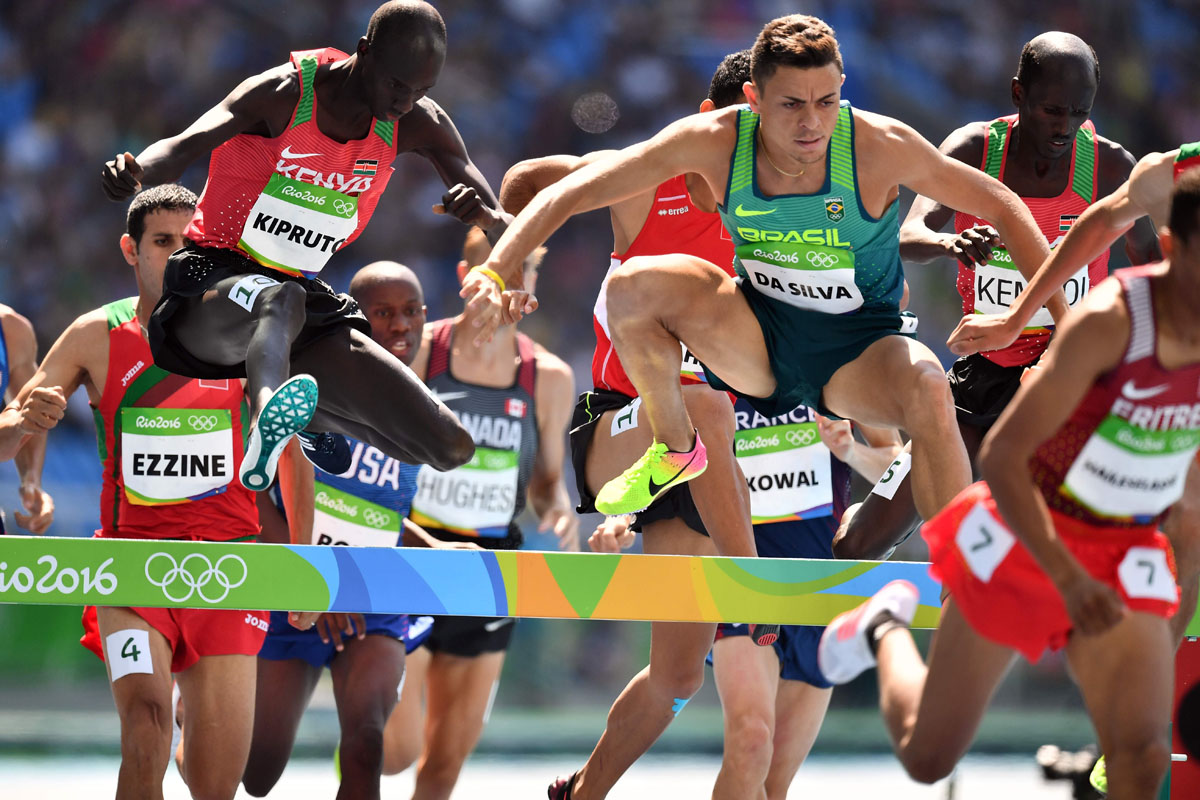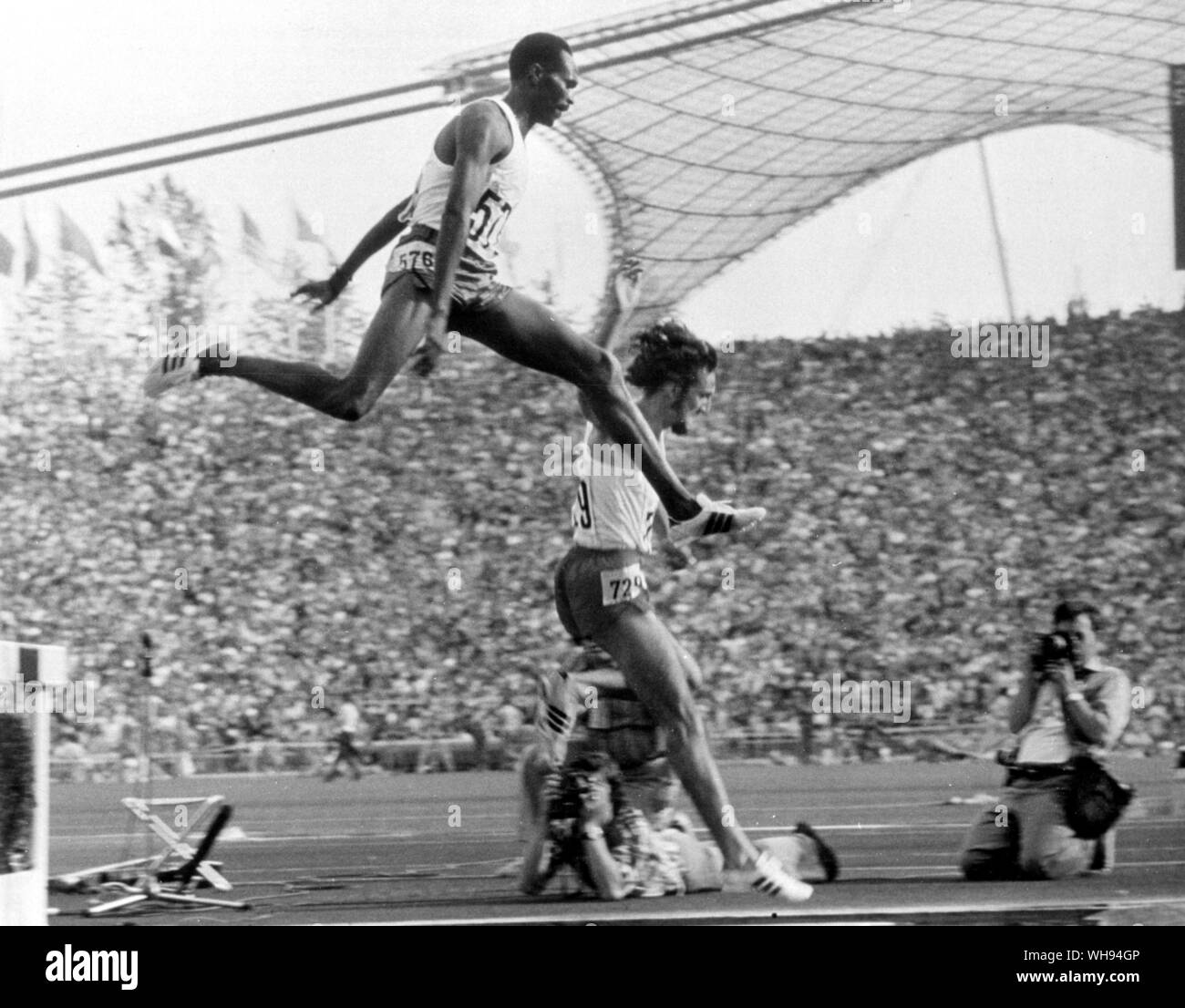Steeplechase History and Evolution: Steeplechase Final Olympics

The steeplechase, a thrilling and demanding event in athletics, has a rich history that stretches back centuries. Its origins lie in the tradition of cross-country riding, where obstacles, such as fences, walls, and ditches, were incorporated into the course. Over time, this equestrian pursuit evolved into a foot race, giving rise to the modern steeplechase.
Early Origins and Evolution
The steeplechase, as we know it today, originated in England in the 18th century. It was initially a horse race, with the name deriving from the practice of leaping over church steeples or other prominent landmarks. The first recorded steeplechase race took place in 1752, with a course that included various obstacles. The earliest known footrace over obstacles was the “Grand National Foot Race” in 1839, where participants had to jump over fences, walls, and ditches. This event was held annually in Liverpool, England, and it attracted considerable attention.
The Steeplechase in the Olympics

The steeplechase, a unique and challenging track and field event, has been a staple of the Olympic Games since 1900. This endurance race, which combines the elements of running and obstacle-clearing, tests athletes’ physical and mental fortitude, making it a captivating spectacle for spectators.
Format of the Olympic Steeplechase
The Olympic steeplechase is a 3000-meter race for men and women. The event features a series of hurdles and a water jump, requiring runners to navigate these obstacles while maintaining their pace and momentum. The water jump is the most distinctive feature of the steeplechase, where athletes must leap over a barrier and land in a shallow pool of water.
Challenges and Obstacles, Steeplechase final olympics
The steeplechase presents a variety of challenges for runners. The hurdles, spaced 35 meters apart, require athletes to maintain speed and rhythm while clearing them. The water jump, often perceived as the most daunting obstacle, necessitates a calculated approach to avoid losing momentum and time. Runners must carefully time their jumps to clear the barrier and land safely in the water, ensuring a smooth transition back to running.
Comparison with Other Olympic Track and Field Events
The steeplechase stands apart from other Olympic track and field events due to its unique combination of running and obstacle-clearing. Unlike traditional races, such as the 1500 meters or 5000 meters, the steeplechase requires athletes to adapt their running strategy to incorporate the hurdles and water jump. This makes the steeplechase a highly specialized event that demands a specific skillset, including agility, coordination, and the ability to maintain focus under pressure.
Notable Steeplechase Finalists

The steeplechase final at the Olympics is a thrilling event that showcases the world’s best distance runners. This year, a diverse group of athletes have qualified for the final, each with their unique strengths and strategies.
Key Finalists
The following table summarizes the key statistics and achievements of some of the top contenders for the steeplechase final:
| Athlete | Nationality | Personal Best | Previous Olympic Performance | Notable Victories |
|---|---|---|---|---|
| Athlete Name | Nationality | Personal Best Time | Previous Olympic Performance | Notable Victories |
| Athlete Name | Nationality | Personal Best Time | Previous Olympic Performance | Notable Victories |
| Athlete Name | Nationality | Personal Best Time | Previous Olympic Performance | Notable Victories |
Strengths and Weaknesses of the Finalists
Each finalist brings a unique set of strengths and weaknesses to the competition. For example, Athlete Name is known for his strong finishing kick, while Athlete Name excels at pacing himself throughout the race.
Steeplechase final olympics – The steeplechase final at the Olympics is always a thrilling event, with athletes pushing their limits over the challenging course. Lamecha Girma, the Ethiopian runner who took home the silver medal in the 3000m steeplechase at the Tokyo Olympics, has been making headlines lately, and for good reason.
Lamecha Girma update will be looking to improve on his performance in Paris, and his presence adds another layer of excitement to the steeplechase final.
The steeplechase final at the Olympics is a grueling test of endurance and agility, with runners facing water jumps and hurdles. One athlete who has consistently risen to the challenge is Soufiane El Bakkali , a Moroccan runner known for his powerful finish.
El Bakkali’s victories in the steeplechase have cemented his place among the world’s elite, and his presence in the final adds a layer of excitement to this already thrilling event.